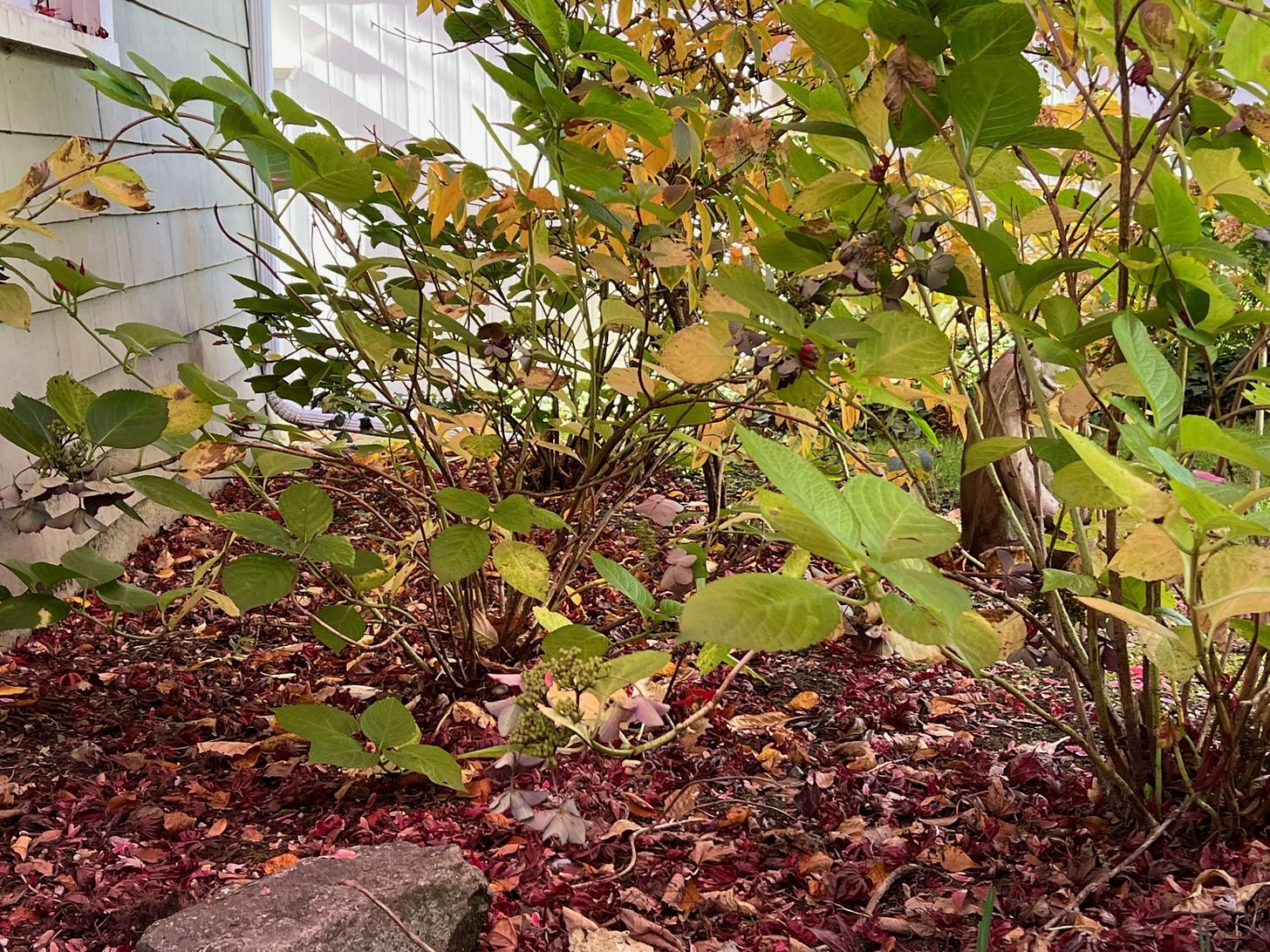If you’re new here, welcome! To ensure you never miss an issue of The Weekly Dirt, click here to subscribe 👇

Hi, guys!
I had a wild week — after writing about why folks shou…
Keep reading with a 7-day free trial
Subscribe to The Weekly Dirt with Jessica Damiano to keep reading this post and get 7 days of free access to the full post archives.


